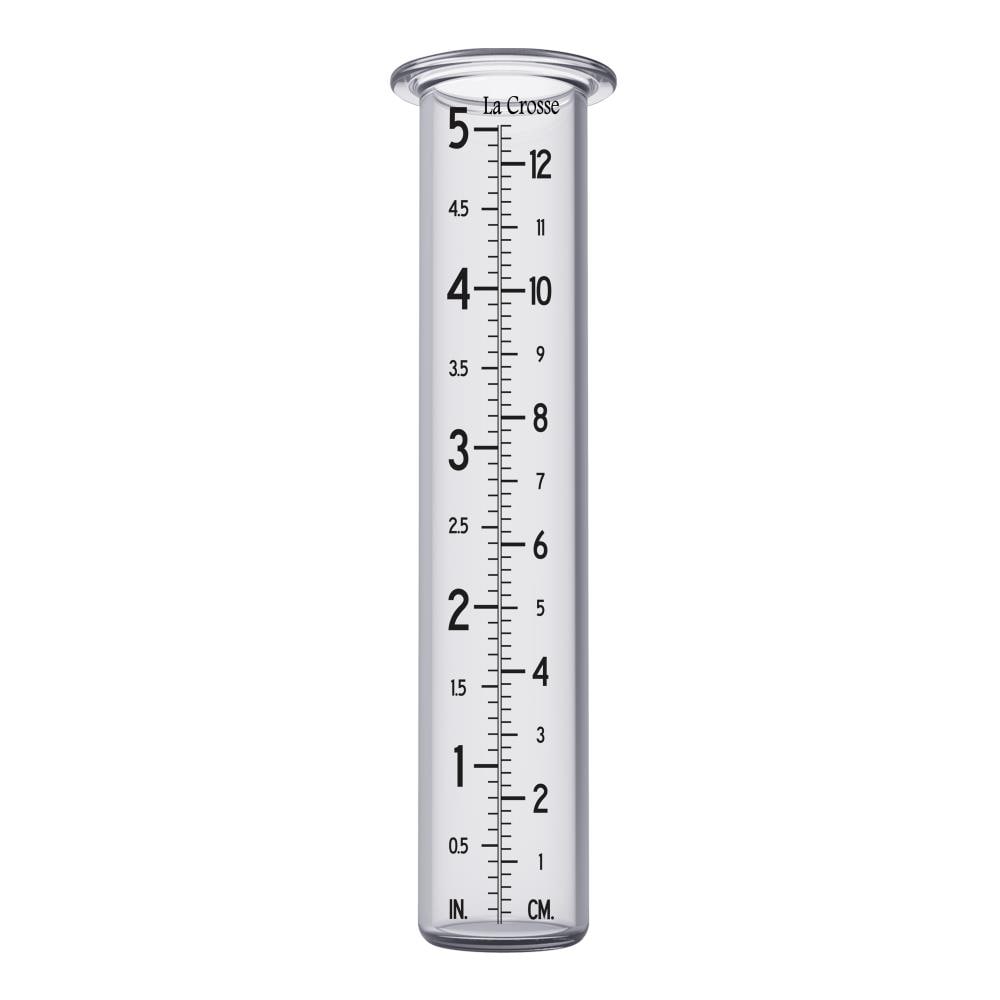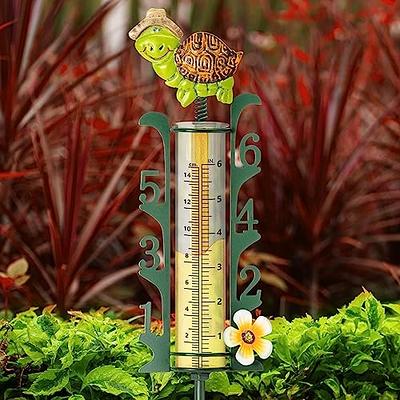The Rain Gauge: An Essential Tool for Checking Rainfall Degrees
The Rain Gauge: An Essential Tool for Checking Rainfall Degrees
Blog Article
Exactly How to Select the Right Rain Scale for Accurate Rainfall Information
Accurate rains information is essential for numerous sectors and tasks, such as meteorology, agriculture, and water resource administration. To obtain reliable measurements, it is important to choose the appropriate rain scale. This overview aims to offer useful understandings into the selection procedure, permitting you to make enlightened decisions. Thinking about variables such as place, kind, and accuracy of the rainfall scale will certainly assist guarantee exact information collection. Furthermore, comprehending the maintenance and calibration treatments will add to the long life and integrity of your rain gauge. By complying with these standards, you can ensure accurate rains information, making it possible for far better decision-making and preparation for different applications.
Significance of Picking the Right Rainfall Gauge
The value of selecting the appropriate rainfall scale depends on acquiring trusted and accurate rains data for accurate meteorological evaluation. Rain data is essential for a variety of applications, consisting of weather condition forecasting, hydrological modeling, and environment research. Incorrect or unstable data can lead to erroneous final thoughts and flawed decision-making processes.

Second of all, the accuracy and accuracy of the rainfall scale are extremely important. The scale needs to have the ability to determine rains with high precision, capturing even little amounts of precipitation precisely. It must also decrease mistakes because of evaporation, wind, and other environmental elements. Regular calibration and maintenance are crucial to make certain continuous precision.
Furthermore, the place and setup of the rainfall gauge are crucial considerations. It needs to be put in an open location, away from obstructions that might affect rains measurements. The scale ought to be positioned at a proper elevation and angle to stay clear of spilling and guarantee appropriate catchment of rainwater.
Variables to Consider When Selecting a Rainfall Scale
When choosing a rainfall gauge, there are several essential elements to consider. These variables can greatly impact the precision and reliability of the rains information collected. The first factor to think about is the kind of rainfall gauge. There are various types readily available, including standard rain gauges, tipping bucket rainfall evaluates, and weighing rainfall evaluates. Each type has its own advantages and downsides, so it is essential to pick one that finest suits your specific requirements and needs.
One more variable to take into consideration is the product of the rain scale. Rain evaluates can be made from various products, such as glass, metal, or plastic. The material chosen ought to be sturdy and resistant to climate condition, ensuring that the rainfall scale will endure the aspects and provide accurate dimensions over time.
Accuracy is additionally an essential factor to take into consideration. Try to find rainfall gauges that have been calibrated and checked for accuracy. Features such as anti-splash rings and funnels can likewise improve the precision of the dimensions.

Lastly, take into consideration the environment and environment in which the rain scale will be made use of. Different rain determines are suitable for various environments, so it is necessary to select one that is proper for the conditions in your area.
Different Kinds of Rain Assesses Offered
To better check out the elements to consider when picking a rain gauge, it is crucial to understand the different types of rainfall evaluates available. The most typical kind is the common rainfall gauge, additionally recognized as the cylindrical rain gauge.
An additional type of rain gauge is the tipping bucket rainfall gauge. As the rainfall falls into the scale, it fills up one side of the pail, creating it to tip and clear the water.
A third type of rain scale is the weighing rain gauge. As the rainfall drops right into the gauge, it is collected in a container connected to an equilibrium.
Finally, there are likewise remote rainfall gauges that usage progressed technology to gauge rains (The Rain Gauge). These gauges use sensors and transmitters to send out helpful resources data wirelessly to a central device. Remote rain assesses are practical for keeping track of rainfall in hard-to-reach areas or for massive data collection
Just How to Identify the Accuracy of a Rain Gauge
One means to analyze the accuracy of a rain scale is by carrying out routine calibration measurements. Calibration includes comparing the analyses of a rainfall gauge to a standard measurement, such as a qualified rainfall gauge or a weather station with high precision. By contrasting the measurements, any type of discrepancies or inaccuracies in the rain gauge can be determined and made up.
To carry out a calibration dimension, begin by accumulating rainfall data from both the rainfall gauge and the standard measurement device over a certain amount of time, such as a month. Contrast the analyses and determine the distinction between them. This distinction is referred to as the calibration error.
It is very important to keep in mind that calibration dimensions need to be carried out on a regular basis, as ecological aspects, such as temperature level, wind, and debris, can impact the precision of the rain gauge gradually. By conducting routine calibrations, any type of adjustments in the accuracy of the rain scale can be detected and changes can be made appropriately.
In enhancement to calibration, it is also advised to clean and maintain the rainfall scale consistently to guarantee its accuracy. Get rid of any particles or blockages that may influence the accuracy of the measurements, and look for any type of signs of damages or use that might need fixings or replacement.
Tips for Maintaining and Adjusting Your Rain Gauge
Routine maintenance and calibration are important for ensuring the accuracy and dependability of your rain gauge in measuring rainfall information (The Rain Gauge). By complying with a couple of simple suggestions, you can make certain that your rainfall gauge is appropriately maintained and calibrated
First of all, it is essential to clean your rainfall scale routinely to avoid any kind of debris or dust from blocking the rain collection device. Use a light detergent and a soft brush to gently cleanse the inside and beyond the scale. Wash it completely with tidy water and allow it to completely dry completely before reinstalling it.
Second of all, it is suggested to adjust your rainfall scale at the very least when a year. Calibration entails contrasting the dimensions of your rainfall gauge with those of a trusted and accurate referral scale. This will certainly aid you recognize and deal with any possible mistakes in your rainfall scale's measurements.
To adjust your rainfall gauge, gather a known quantity of water using a measuring container and contrast it with the dimensions recorded by your rainfall gauge. Readjust the analyses accordingly to ensure precision.

Verdict
In final thought, selecting the ideal rainfall gauge is vital for getting accurate rains data. Variables such as purpose, location, and budget plan ought to be considered when choosing a rain scale. There are numerous sorts of rainfall assesses readily available, each with their very own advantages and restrictions. It is very important to frequently keep and adjust your rain scale to guarantee its precision. By following these guidelines, precise rainfall information can be acquired for different applications.
There are different kinds readily available, consisting of typical rainfall evaluates, tipping bucket rainfall gauges, and considering rainfall determines.To better check out the factors to consider when choosing a rainfall scale, it is essential to recognize the different types of rain determines offered. The most look at more info common type is the common rain gauge, also understood as the round rainfall gauge.Another kind of rainfall gauge is the tipping bucket rainfall scale. Calibration entails comparing the analyses of a rainfall gauge to a standard dimension, such as a qualified rain scale or a weather condition terminal with high accuracy.
Report this page